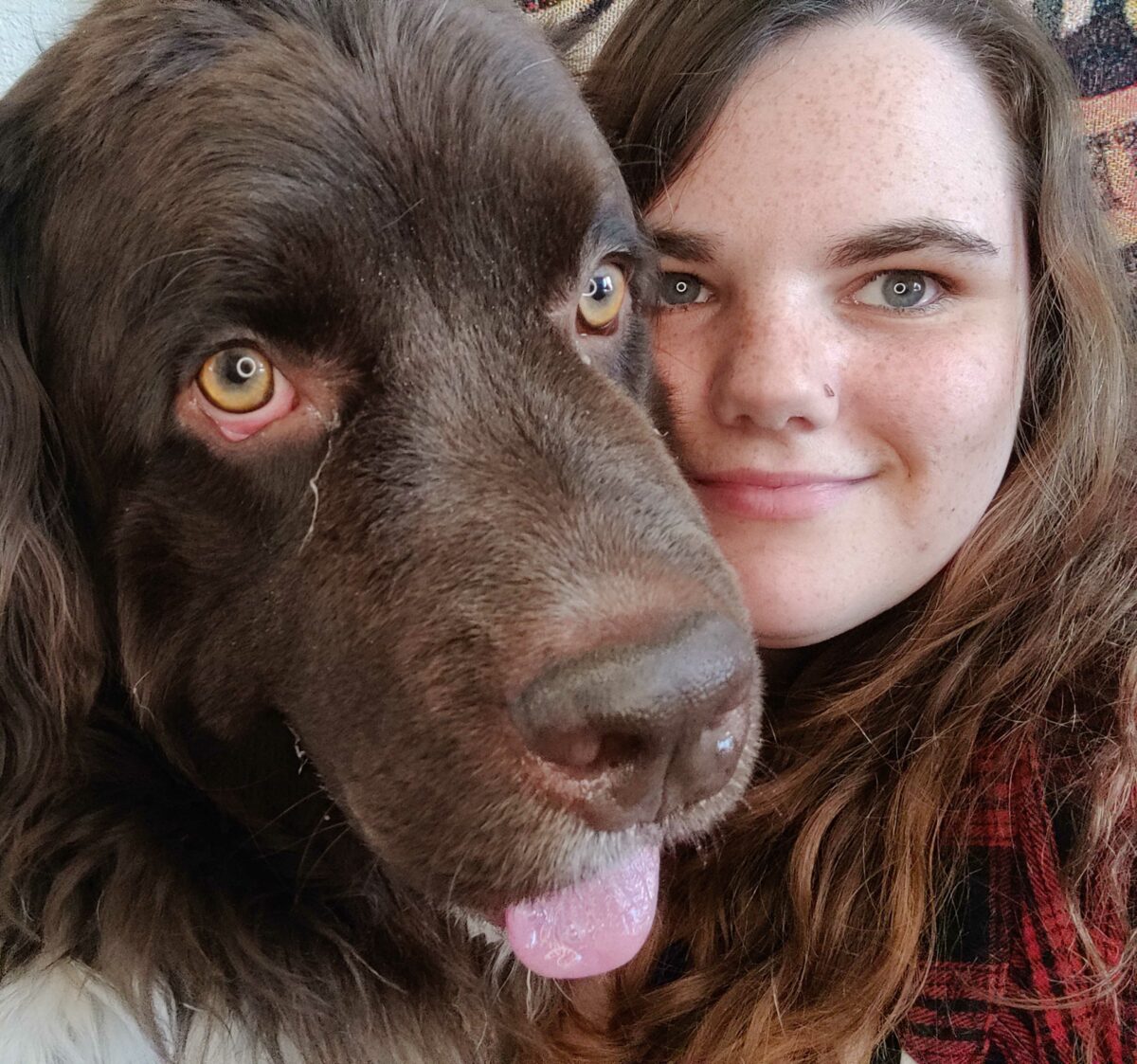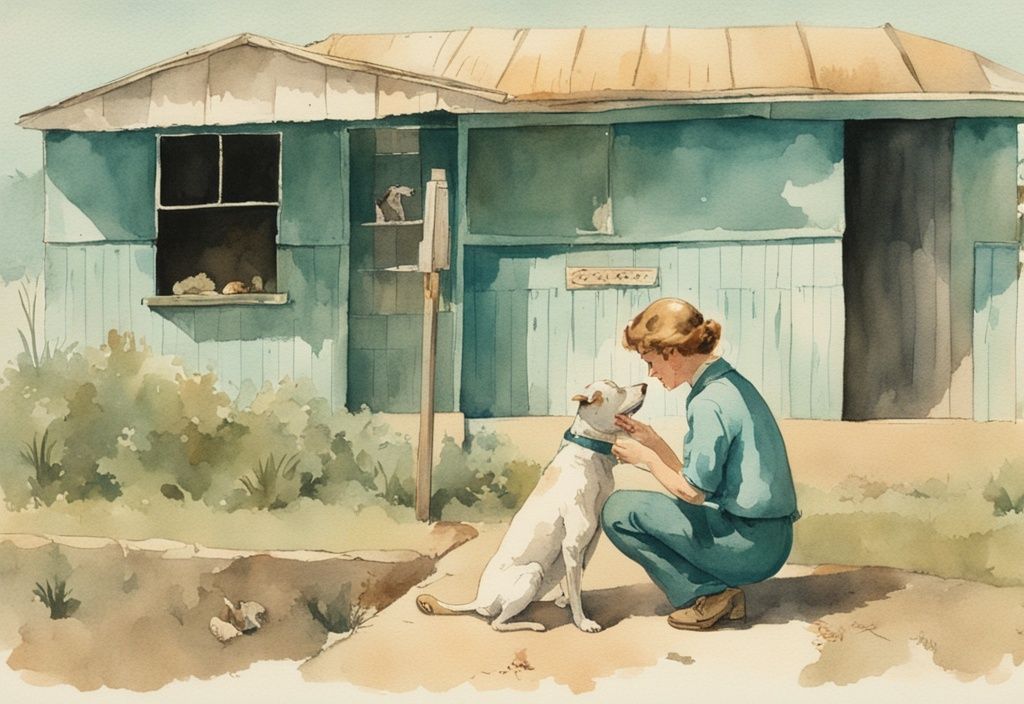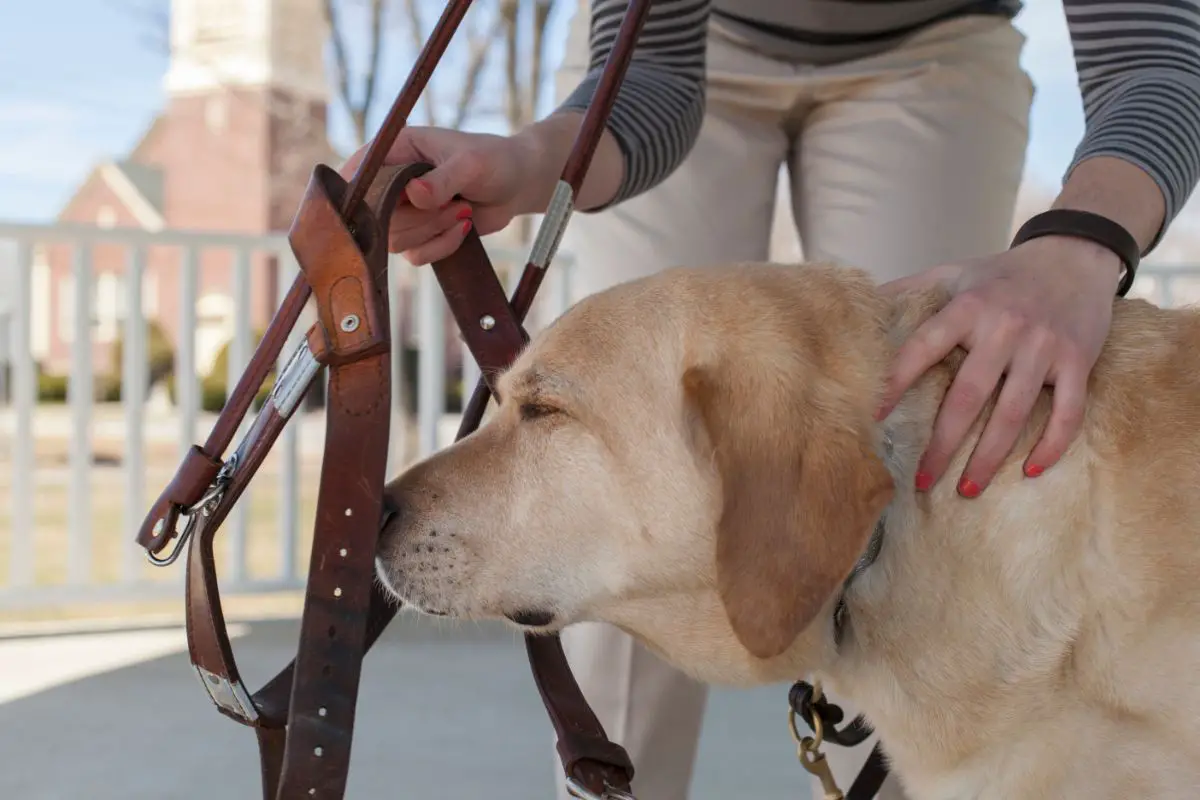How To Make A Dog Legally Yours

Bringing a dog into your life can be a rewarding experience, but ensuring you are the legal owner is a critical first step to protect your rights and the well-being of your new companion. Legally establishing ownership provides a foundation for responsible pet ownership, safeguarding you from potential disputes and ensuring compliance with local regulations.
This article outlines the essential steps to legally claim a dog, covering everything from adoption procedures to purchase agreements and registration requirements. Understanding these steps will help avoid future legal complications and solidify your bond with your furry friend.
Adoption from a Shelter or Rescue
Adopting from a shelter or rescue organization is a common and often preferred way to acquire a dog. These organizations typically have established procedures for transferring ownership.
The first step is usually completing an adoption application and undergoing an interview process. This ensures that the dog is a good fit for your lifestyle and home environment.
Once approved, you’ll sign an adoption contract. This contract is a crucial legal document that outlines the terms of the adoption, including your responsibilities for the dog's care and the organization's right to reclaim the dog under certain circumstances.
Always carefully review the contract before signing. Make sure you understand all the stipulations. Some contracts may include clauses regarding mandatory spaying/neutering or requirements for specific types of veterinary care.
Following the signing, you'll receive documentation confirming the transfer of ownership. Keep this document safe as proof of your legal ownership. Many shelters and rescues also microchip the dog before adoption, which is another important step in establishing ownership.
Purchasing from a Breeder
Purchasing a dog from a reputable breeder also requires specific documentation to establish legal ownership. A sales contract is essential in these transactions.
The contract should include detailed information about the dog, such as its breed, date of birth, and any known health conditions. It should also clearly state the purchase price and the terms of sale.
Just like adoption contracts, carefully review the sales contract before signing. Pay attention to any guarantees or warranties the breeder offers, such as health guarantees.
Obtain a bill of sale from the breeder that includes the breeder's name and contact information, as well as your name and contact information. The date of sale and a description of the dog should also be clearly stated.
Reputable breeders often provide registration papers, such as those from the American Kennel Club (AKC), which can further substantiate ownership, especially for purebred dogs. Completing the transfer of registration into your name is crucial.
Microchipping and Registration
Microchipping is a vital step in establishing and proving dog ownership. A microchip is a small electronic device implanted under the dog’s skin that contains a unique identification number.
This number is linked to your contact information in a registry database. If your dog is lost or stolen and then found, a veterinarian or animal shelter can scan the microchip and contact you.
Ensure that the microchip is registered in your name and that your contact information is up-to-date. You'll typically receive registration paperwork from the microchip company. Keep this paperwork in a safe place.
Beyond microchipping, many municipalities require dog owners to register their dogs with the local government. This often involves providing proof of vaccination and paying a licensing fee.
A dog license serves as further proof of ownership and helps local authorities identify and return lost dogs to their owners. Check your local city or county’s animal control website for specific registration requirements.
Documenting Ownership Through Veterinary Records
Maintaining detailed veterinary records is another way to substantiate your claim of ownership. These records should include the dog's name, breed, age, and any medical treatments or vaccinations the dog has received.
Regular veterinary visits establish a history of care, which can be important in cases of disputes over ownership or neglect. Make sure the veterinary clinic has your current contact information on file.
Keep copies of all veterinary bills and vaccination records in a secure location. These documents can serve as evidence of your responsibility for the dog's well-being.
Dealing with Found Dogs
If you find a stray dog, it's important to follow the proper procedures to determine if the dog has an owner. Start by checking for identification tags and attempting to contact the owner if possible.
Take the dog to a local veterinarian or animal shelter to be scanned for a microchip. The microchip registry can then be contacted to locate the owner.
If the owner cannot be found, you may be required to report the found dog to your local animal control agency. There might be a waiting period before you can legally claim ownership of the dog.
During this waiting period, you’re generally responsible for providing the dog with food, water, and shelter. After the waiting period, if the original owner does not come forward, you may be able to adopt the dog and legally claim ownership.
Resolving Ownership Disputes
Despite taking all necessary precautions, ownership disputes can still arise. These disputes can be complex and may require legal intervention.
If you find yourself in an ownership dispute, gather all relevant documentation, including adoption contracts, sales contracts, microchip registration, veterinary records, and dog licenses. These documents can help establish your claim of ownership.
Consult with an attorney who specializes in animal law. An attorney can advise you on your legal rights and options, and represent you in court if necessary.
Mediation may also be an option for resolving ownership disputes. A neutral third party can help you and the other party reach a mutually agreeable resolution.
Conclusion
Establishing legal ownership of a dog is a crucial aspect of responsible pet ownership. By following the steps outlined above – including securing proper adoption or sales contracts, microchipping and registering your dog, maintaining veterinary records, and understanding local regulations – you can protect your rights and ensure a happy and secure future for you and your canine companion.
Remember to always act responsibly and ethically when acquiring and caring for a dog. This not only benefits you and your pet but also contributes to a more humane and compassionate society.


















